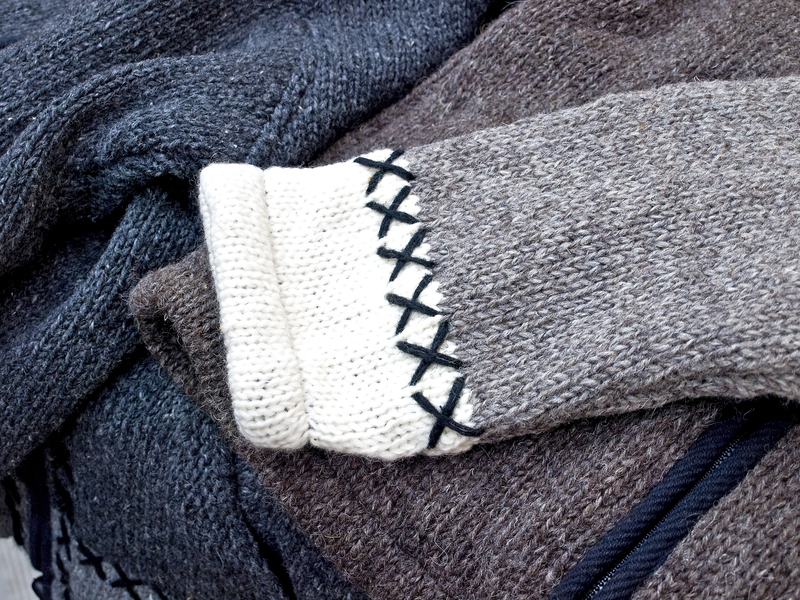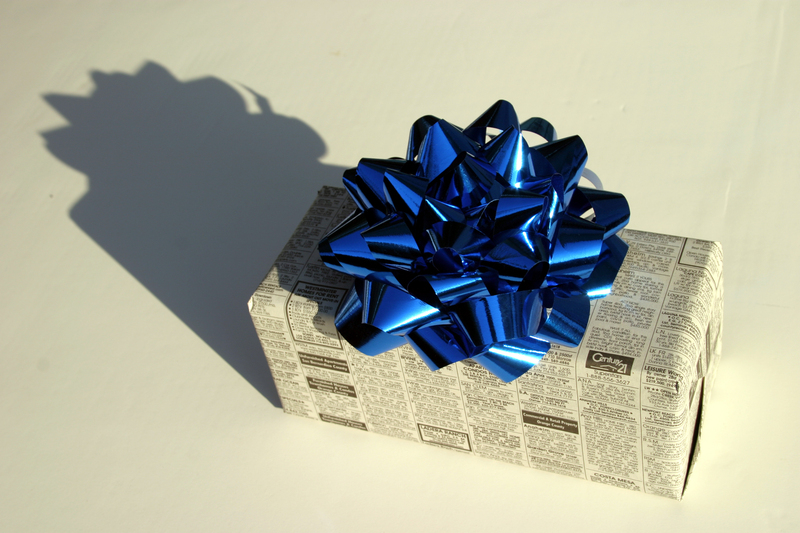Explore the Art of Upcycling: Making Magic from the Mundane
Upcycling is more than just a buzzword--it's a powerful and creative approach to sustainability. As we look for inventive ways to reduce waste, repurpose old items, and express individuality, the art of upcycling offers endless possibilities. This comprehensive guide will allow you to explore the magic of upcycling, providing you with inspiration, ideas, and practical advice to transform the ordinary into the extraordinary.
What is Upcycling?
Upcycling refers to the creative process of taking discarded, unwanted, or commonplace objects and converting them into something of higher value or quality. Unlike recycling, which often breaks materials down, upcycling gives new life to items without significant processing. This innovative approach focuses on *making magic from the mundane*, turning trash into treasure.
Upcycling vs. Recycling: Understanding the Difference
- Recycling: Involves breaking down items (like plastic or glass) to create new raw materials. It often requires significant energy and resources.
- Upcycling: Preserves or enhances the original item, transforming it into something different and more valuable, often with minimal processing.
Both methods are essential for sustainability, but upcycling puts the emphasis on creativity and personal expression.

Why is Upcycling Important?
With growing environmental concerns and the urgent need to manage waste, upcycling plays a crucial role in the modern world. Here are several reasons to embrace the art of upcycling:
- Reduces landfill waste: Every item you upcycle is one less item ending up in a landfill.
- Saves resources: Upcycling diminishes the demand for new raw materials, conserving energy and water.
- Promotes creativity: It encourages you to see potential in objects, spurring innovation and artistic expression.
- Personalizes your environment: The objects you upcycle reflect your unique tastes and story.
- Supports a circular economy: Upcycling is a pivotal part of sustainable living, keeping materials in use longer.
The Environmental Impact of Upcycling
According to the Environmental Protection Agency (EPA), millions of tons of waste are sent to landfills each year. By embracing upcycling, you directly contribute to lowering these numbers and reducing your carbon footprint. The magic of upcycling lies not only in aesthetics and utility, but also in its tangible environmental benefits.
History and Evolution of Upcycling
While the term "upcycling" was popularized in the late 20th century, the practice of reusing and repurposing objects dates back centuries. Farmers, artists, and communities around the world have always found ways to make the most out of available materials--long before environmentalism made it mainstream.
- Early traditions included patchwork quilting and repairing broken items for further use.
- War-time thrift: During periods of scarcity, especially wars, upcycling became essential for survival.
- Modern resurgence: Today's environmental movement and DIY culture have thrust upcycling into the spotlight as both a necessity and an art form.
Creative Upcycling Ideas to Inspire You
Ready to unleash your creativity and start upcycling? Here are some ideas to inspire your next DIY masterpiece:
Upcycling in Home Decor
- Old Furniture Revamp: Give worn chairs, tables, or dressers a new lease on life with paint, new hardware, or decorative finishes.
- Glass Jar Lanterns: Transform empty glass jars into delightful candle holders or fairy-light lanterns.
- Suitcase Shelves: Use vintage suitcases as quirky wall shelves for added character and storage.
- Pallet Projects: Repurpose wooden pallets into coffee tables, bookshelves, or even patio seating.
Tip: Sand, paint, or add fabric to personalize each creation and tailor it to your space.
Fashion Forward: Upcycling Clothing and Accessories
- T-shirt Transformations: Convert old tees into tote bags, headbands, or even patchwork quilts.
- Denim Reimagined: Turn torn jeans into shorts, handbags, or pillow covers.
- Button Jewelry: Create one-of-a-kind bracelets and necklaces from vintage buttons.
- Sweater Upgrades: Repurpose old sweaters into mittens, hats, or cozy pillow covers.
Fashion upcycling is not only sustainable, but also a personal style statement.
Garden Upcycling Excellence
- Tire Planters: Old tires can become vibrant plant pots with a splash of paint.
- Kitchenware Gardens: Use colanders, teapots, or mugs as whimsical planters.
- Wooden Crates: Stack vintage crates for rustic shelving or vertical gardens.
- Wine Cork Art: Assemble corks into garden markers or mini sculptures.
How to Start Your Upcycling Journey
Getting started with upcycling is easier than you might think. Here are some practical tips to guide you:
- Survey Your Space: Look around your home for items that are broken, outdated, or unused.
- Gather Inspiration: Browse online platforms, such as Pinterest or Instagram, for inventive ideas and tutorials.
- Start Small: Choose a simple project, like transforming a jar or t-shirt, before moving on to more complex creations.
- Invest in Basic Tools: Scissors, glue, paint, and a sewing kit are often all you need for many projects.
- Experiment and Have Fun: Don't be afraid to try new techniques--upcycling is about creativity, not perfection!
Upcycling Success Stories: Transformations to Admire
Some of the most remarkable pieces in modern art, fashion, and design began lives as discarded objects. Let's take a look at notable examples and case studies demonstrating the endless artistic potential in upcycling:
- Eco-Chic Designers: Brands like Patagonia and Stella McCartney have famously used upcycled materials in their collections.
- Community Projects: Neighborhood "swap and craft" events keep materials local and foster creativity.
- Furniture Flair: Many artisans are revitalizing reclaimed wood into statement pieces for contemporary homes.
Common Upcycling Materials and Their Magic
Nearly anything can be upcycled, but some everyday materials are especially versatile:
- Glass containers - Perfect for storage, decor, or lighting projects.
- Old textiles - Fabrics, clothes, and linens can be remade into bags, quilts, or toys.
- Pallets and crates - Transform into furniture, wine racks, or garden beds.
- Furniture - With minor modifications, old pieces serve new purposes.
- Metal objects - Create unique sculptures, planters, or garden decorations.
- Plastic bottles - Useful for crafts, organizers, or vertical gardens.
Important Note:
Always clean and inspect materials before starting an upcycling project for both safety and aesthetics.
The Artistic Side: Upcycling as Self-Expression
Upcycling is not only environmentally responsible, but also an avenue for artistic expression. Through upcycling, you can:
- Express Your Personality: Every upcycled item is unique, displaying your individuality and taste.
- Create Conversations: Upcycled pieces often have stories behind them, sparking interest and admiration.
- Celebrate Imperfection: The best upcycled creations embrace flaws and quirks, turning them into standout features.
Upcycling in Modern Art
Many contemporary artists have made upcycling central to their work, sourcing materials from thrift stores, dumpsters, or everyday settings. The blend of sustainability and imagination is at the heart of effective upcycle art.
Tips for Sustainable Upcycling
To maximize the environmental and creative benefits of upcycling, follow these key tips:
- Choose quality over quantity: Select items with lasting materials for better results.
- Learn basic repair skills: Simple sewing, gluing, or woodwork can vastly expand your project options.
- Share and swap materials: Collaborate with friends, neighbors, or local groups to share supplies and ideas.
- Document your projects: Keep a photo journal or blog to showcase your work and inspire others.
- Think beyond trends: Create timeless pieces that will remain useful and stylish for years.
Upcycling and the Future: Trends to Watch
The art of upcycling continues to evolve, driving new trends in design, technology, and personal habits. Here are some emerging directions:
- Upcycled technology: Creative minds are transforming outdated electronics into functional art or decor.
- Modular design: Versatile pieces that can be reconfigured or repurposed offer adaptability and longer lifespan.
- Community workshops: Cities and organizations are hosting upcycling events to encourage collective action and creativity.
The future of upcycling is not just about saving resources but also about building communities and fostering innovation.
The Role of Upcycling in Business
Forward-thinking businesses are adopting upcycling as a core practice:
- Eco-conscious brands are highlighting upcycled collections to attract mindful consumers.
- Small businesses are specializing in custom upcycled goods for niche markets.
- Corporate responsibility initiatives increasingly include upcycling as part of sustainability programs.

Get Started Today: Making Your Mark in the World of Upcycling
The beauty of upcycling lies in its accessibility. Whether you're a seasoned maker, an eco-warrior, or simply curious, exploring the world of upcycling is a rewarding journey. Take these first steps:
- Identify potential: Start by looking at the objects around you with new eyes. What could their next life be?
- Expand your skills: Take a class, follow tutorials, or join online communities to enhance your abilities.
- Share your results: Inspire others by displaying your creations, gifting upcycled items, or teaching workshops.
Conclusion: Discover the Magic in the Everyday
When you explore the art of upcycling, you're not just helping the planet--you're participating in a transformative act of creativity. From humble beginnings, magical results emerge: tables from ladders, art from scraps, fashion from forgotten fabrics. Every project tells a story, every upcycled piece is a small victory over waste. So gather your tools, open your mind, and start making magic from the mundane--the world of creative upcycling awaits your unique touch!
